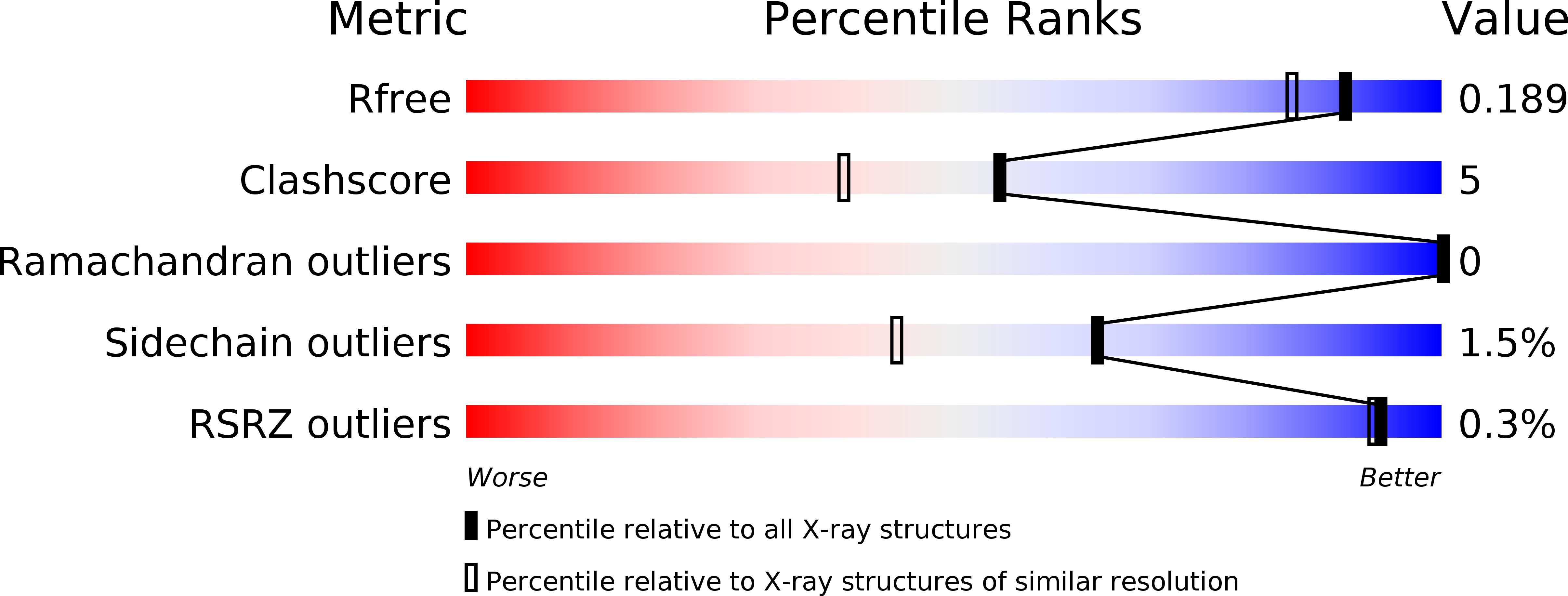
Deposition Date
2009-09-09
Release Date
2009-11-10
Last Version Date
2024-11-20
Entry Detail
PDB ID:
3JRV
Keywords:
Title:
Structure of poxvirus K7 protein in complex with RNA helicase DDX3
Biological Source:
Source Organism:
Vaccinia virus WR (Taxon ID: 10254)
Host Organism:
Method Details:
Experimental Method:
Resolution:
1.60 Å
R-Value Free:
0.19
R-Value Work:
0.14
R-Value Observed:
0.14
Space Group:
C 1 2 1


